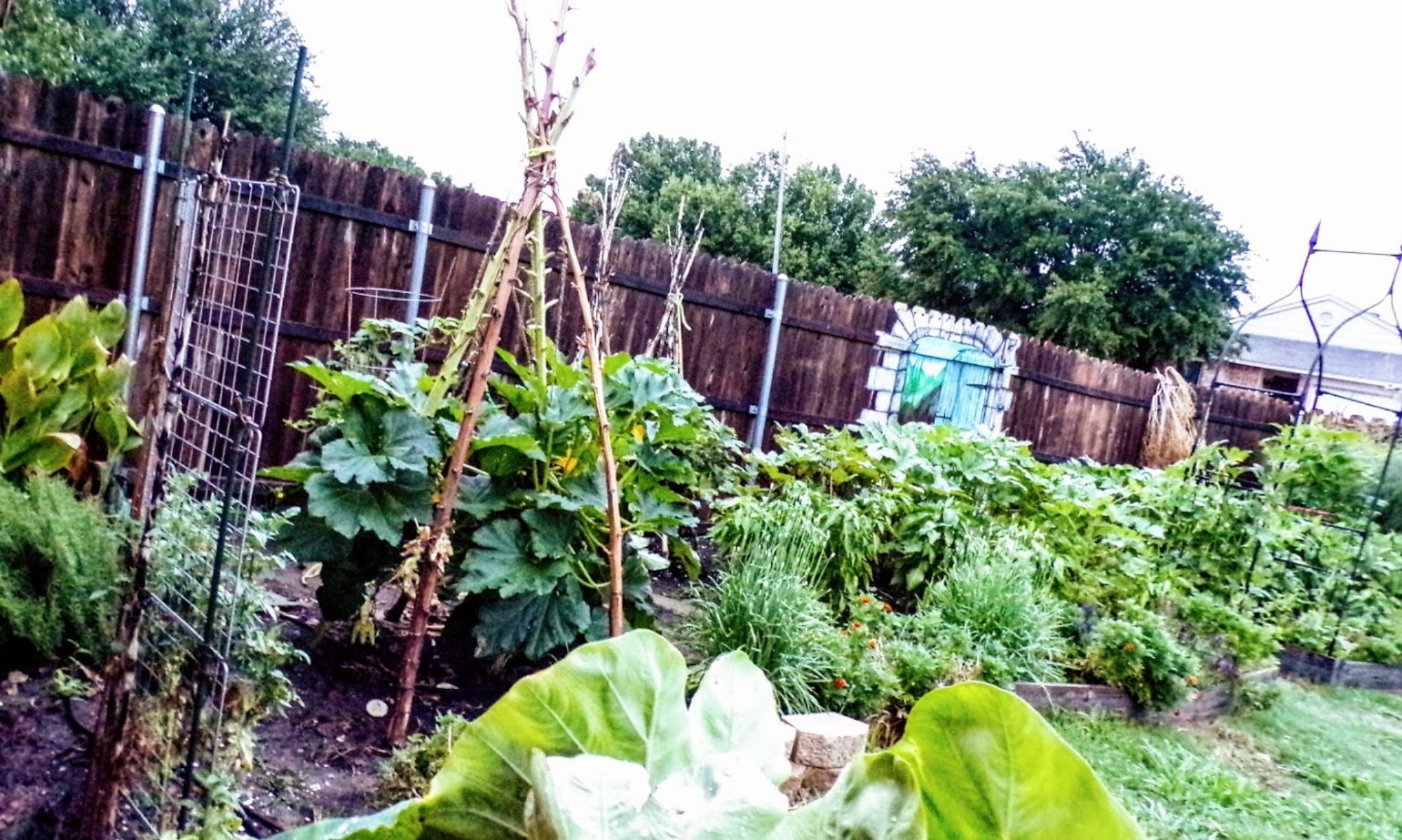When one mentions tomatillos to me the first thing I think of is green salsa! Spicy green salsa at that or slightly brownish orange salsa! The color that’s created when one mixes tomatillos with their cousin the red tomato. The second thing that comes to mind is the signature lantern or balloon like husks they grown in. This is one characteristic that is so unique to the tomatillo and also makes them such an interesting plant to grow in your garden.
About Tomatillos
 Tomatillos are native to Central America. According to Bonnie Plants they can be found growing wild in fields along with corn and beans. This is not surprising actually because if you have ever grown them they tend to act like a wild plant. Meaning they attempt to sprawl everywhere. They also grow very tall reaching heights of five feet or more and at least four or more feet wide. As such if your planning to grow tomatillos plan for space as they take lots of room!
Tomatillos are native to Central America. According to Bonnie Plants they can be found growing wild in fields along with corn and beans. This is not surprising actually because if you have ever grown them they tend to act like a wild plant. Meaning they attempt to sprawl everywhere. They also grow very tall reaching heights of five feet or more and at least four or more feet wide. As such if your planning to grow tomatillos plan for space as they take lots of room!
Growing Tomatillos
Tomatillos can be grown with similar conditions as tomatoes. However, Unlike tomatoes who can be very finicky and sometimes hard to grow, the tomatillo, if grown correctly will produce abundantly allowing for many of the amazing Mexican food dishes we all love and plenty of canning. There are a few things to keep in mind when growing these green babies:
- You can’t grow just one! And that is a literal statement! One of the more interesting requirements for tomatillos is they must cross pollinate. As a result one must always grow a minimum of two. I personally prefer four to six in my beds.

- Plan for their size! Tomatillos are big plants! They have long arms that will fill with husks and get heavier as the fruit matures. They require sturdy cages.
- Full sun with shade! Tomatillos can take the heat fairly well for tomatoes; however like their cousins they flower and produce the most fruit in 80-90 degree weather. As such, plant them in an area where they can obtain some shade in the hottest parts of the day during high heat.
- Keep them healthy in the hot summer months and you will have fruit both spring and fall.
- Tomatillos require heavy pollination and as mentioned before cross pollination. As such plant them with other flowers that will be sure to draw the bees!
Planting

- Start seeds indoors about 6 weeks before the last frost unless you are in a zone that allows for warm nights.
- I prefer to plant in sets of two with about 6 inches between them and a minimum of three sets. Space sets at least 4 feet apart. This works with one plant as well just space them apart the same as a set.
- Tomatillos like well-drained rich soil and full sun.
- Harvest your tomatillos when the husks are well filled and the fruit is a bright green.
- If the fruit starts to turn a lighter yellow they are at risk of becoming overripe!
Companion Plants
- Basil (let some bloom!)
- Parsley
- Marigolds
- Daisy’s
- Zinnias
- Onions
- Garlic
- Carrots
- Artichokes
Plants that should not be grown with tomatillos due to cross pest action
- Corn
- Dill
- Potatoes
- Eggplants


